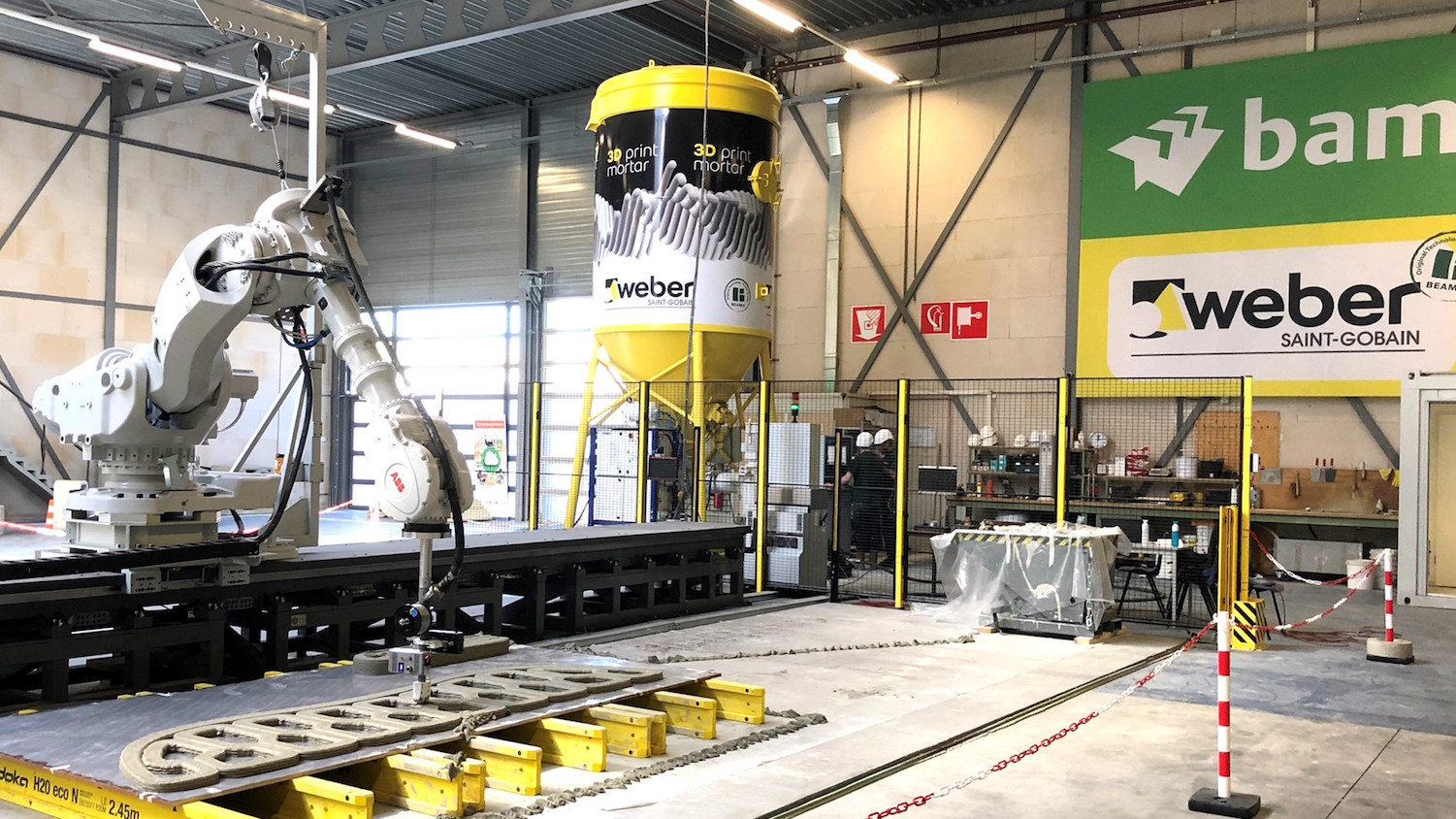
Lee Shepherd is back at BAM as programme manager for modern methods of construction (MMC), developing the methodology for schools and hospitals, after being seconded to the Construction Innovation Hub as an industry lead. He talks to Denise Chevin about his aspirations, including significantly reducing time off the overall project programme.
The government’s drive for offsite manufacture and standardisation reached a new milestone in early May when the Construction Innovation Hub published in beta form the Product Platform Rulebook that aims to boost the adoption of the platform approach to construction.
The so-called platform approach involves selecting a catalogue of products and standardising interfaces so that they can be used across a number of buildings and manufactured at scale, thus cutting both time and money. It’s akin to the IKEA approach to furniture, whereby a number of components are used across different asset types. For example, the same component could be used in the construction of a school, hospital or prison.
Having been seconded to the construction innovation hub for 15 months to help develop the platform rulebook approach, Lee Shepherd has returned to BAM where he’s the programme manager for MMC looking to apply the platform approach within some of BAM’s market sectors.
Tell us what you’re doing
We’re working with our supply chain to develop products that follow the platform approach. And we’re using them in a more intelligent way, framing it around the Hub’s Product Platform Rulebook.
We’re taking construction products that are appropriate for a platform approach, and we’re going to be looking at the interface between those products. A platform approach really is about defined interfaces, processes and standards, looking at the quality control, and really making a manufactured approach more standard within the construction industry. The industry is probably on a five- to 10-year journey.

‘We’re not looking for a one-size-fits-all solution. The platform approach has flexibility across multiple sectors while using repeatable, core components.’
Can you tell us more about what it is you are standardising?
We’re not looking for a one-size-fits-all solution. The platform approach has flexibility across multiple sectors while using repeatable, core components. A single solution is something that the Hub looked at early on: they were going down the road of a one-size-fits-all approach, but quite quickly ruled this out because of the complexities and the tight timescale. The Hub programme comes to an end in September 2022.
Instead, the Product Platform Rulebook, now in beta form, provides guidance for firms like BAM to develop their own systems.
How many products or components are in your system?
We are talking to/working with a large number if manufacturers and contractors to develop the kit of parts. At present, we don’t know exactly how many components there will be, but it could be in the thousands.
Will your approach be open to others?
We are erring on the open side, but at this stage, we cannot say exactly how we plan to achieve this.
How are you building resilience into your programme?
We are working with multiple manufacturers of each of component within the kit of parts to provide resilience. We are looking to achieve flexibility within the kit of parts, which will enable us to respond to different project types and mitigate the risk of firms going out of business.
Where does the digital side fit in?
Digital approaches remain at the forefront of our business strategy – ’Building a sustainable tomorrow’ – which aligns with both our own and our clients’ growing emphasis on sustainability.
We use digital construction techniques and technology to ‘build it before we build it’, which de-risks and optimises our projects, driving value for our customers. We introduce digital approaches at the earliest, inputting to design development and methodology planning, often through early contractor involvement.
Lee Shepherd MCIOB CV
Lee Shepherd joined BAM in April 2020 and has been in construction for 36 years. A joiner by trade, he worked his way up through various roles in site, project and contract management. In the last 10 years prior to joining BAM, Shepherd worked in the offsite manufacturing industry, latterly as a construction director.
He was seconded to the Construction Innovation Hub for 15 months from October 2020 as programme lead for platform design. The Hub programme comes to an end in September 2022.
Shepherd was given the newly created role of MMC programme manager when he returned to BAM in January 2022 to lead BAM’s platform project.
Through our return on investment assessments we have demonstrated that the adoption of digital approaches has resulted in project savings of up to 5%, a reduction in carbon emissions of 35%, and safer operations due to reduced plant movements and engineer time on site, for example.
As part of the platform project, we will be developing a standard kit of parts (BIM library) for all our assemblies, sub-assemblies and components, which will be fully coordinated and data-rich, so project teams will be able accelerate design and know that the asset data can easily be passed over to the client/operator.
We are working closely with our technology partner Autodesk to look at how we can automate some of the processes at the early project stages to quickly configure the design based on selection criteria to meet client requirements as well as understanding how we move to the digital twin solution to meet demands of the industry.
Where do you expect to use the platform approach you are developing?
We will deploy our platform approach across a number of sectors.
Do you know what cost savings this approach might achieve?
The Construction 2025 Strategy document published in 2013 sets out some key targets – 33% lower costs, 50% programme improvement and reduced carbon by 50%. It is difficult to state at this stage of the project what we will achieve as components are still in development, but any initial savings are likely to improve over time as we reap the benefits of manufacturing at scale once roll-out commences.
What’s the most difficult part of all this?
It’s the sheer number of components that need to be looked at, and then, defining those interfaces.
Final thoughts?
Competitiveness is important to maintain affordability for clients. But I think the industry is now on a collaborative journey. A phrase that is used regularly at the Hub is: ‘collaborate on standards, compete on delivery.’
At the Hub, I was there with nine tier one contractors or ‘integrators’, who in their day jobs are all competitors, but within the Hub are coming together in a really collaborative way, which is exciting and refreshing to see. We’re going to see more and more of that type of approach with manufacturers becoming more central to the process as well.
Don’t miss out on BIM and digital construction news: sign up to receive the BIMplus newsletter.












